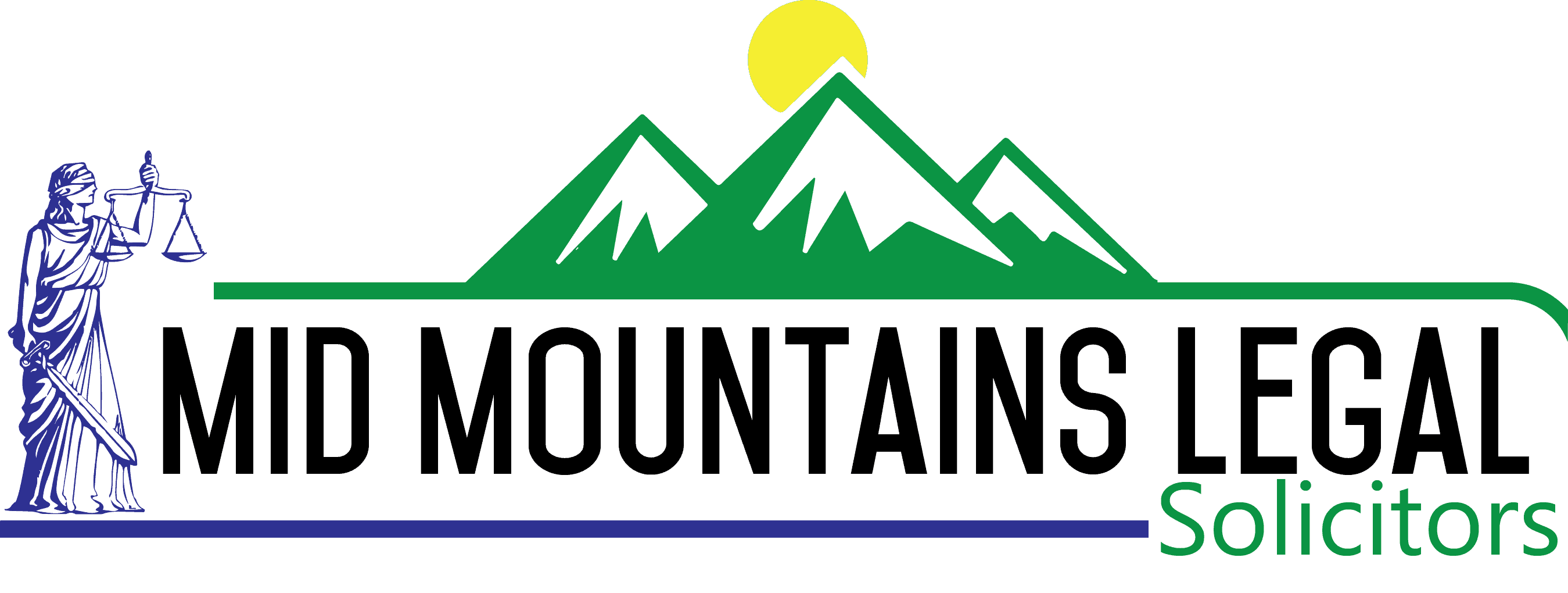What if my former spouse is declared bankrupt?

Bankruptcy and family law can collide when spouses separate, often as a reason for the separation or as an outcome of the separation. Families are experiencing higher levels of financial stress with inflation, rising property prices, increasing interest rates and stagnant incomes. With increasing economic uncertainty, bankruptcies are likely to increase in number and frequency.
In family law property settlements, a common issue when one party becomes bankrupt is how the non-bankrupt spouse’s entitlements are considered against those of the Trustee in Bankruptcy or creditor(s) and who has priority over certain property.
What is bankruptcy?
Bankruptcy occurs when someone a person is unable to pay their debts as and when they fall due. Under the Bankruptcy Act 1966 (Cth) a person can be declared bankrupt if:
- Someone to whom a person owes money (a creditor), makes an application to the Court; or
- A person owing money files a debtor’s petition (voluntary bankruptcy).
What is the effect of bankruptcy?
When someone is declared bankrupt, their assets go into the control of (or “vest with”) the Trustee in Bankruptcy. The bankrupt person loses control and possession of the assets. Some asset types are excluded, including most household goods, some tools of trade, superannuation, and a car or motorbike up to a certain value.
What if my former spouse becomes bankrupt?
Bankruptcy does not prevent a non-bankrupt spouse from pursuing a property settlement under the Family Law Act (“the Act”). The Act protects the non-bankrupt spouse’s interests in matrimonial or jointly owned property. A non-bankrupt spouse can also share in the bankrupt spouse’s vested assets for the benefit of the non-bankrupt spouse and their dependents.
The Federal Circuit and Family Court of Australia (“the Court) has the power to adjust property interests between spouses, regardless of whether an asset or liability is held jointly or in the name of one spouse only. An example is the way in which the Court deals with the former matrimonial home. If the property is in the bankrupt spouse’s sole name, the Court may treat it as joint matrimonial property, and make orders to protect the non-bankrupt’s interest in the property from the effects of the bankruptcy. The Court may, for example, order that the property be sold and the proceeds of sale be distributed to one or the other spouse.
The Court will always apply the following five step process when determining property settlements, regardless of whether a party is bankrupt:
- Determine and value the parties’ property;
- Determine if it is just and equitable to make an order altering the parties existing interests;
- Consider financial and non-financial contributions to property and the welfare of the family;
- Consider the specific needs and characteristics of the parties as set out in the Act; and
- Make any adjustments required to ensure that the financial settlement is just and equitable.
The Court must balance the benefit of making an order in favour of the non-bankrupt party against the effect of proposed orders on the creditor’s ability to recover debts from the bankrupt spouse.
What are the rights and restrictions of the Bankrupt Party?
The bankrupt party is not permitted to make submissions to the Court in relation to vested property unless the Court provides permission. They can, however, make submissions regarding property owned by the non-bankrupt spouse which has not been vested in the Trustee.
What are clawback powers and how do they impact my Family Law proceedings?
People who believe they are likely to go bankrupt sometimes pre-emptively transfer property that is in their name to their spouse. They do so under the belief it will avoid the Trustee in Bankruptcy having a claim to the property. Unfortunately, any transfer of property made in such circumstances for the period of 6 months prior to bankruptcy can be clawed back by the trustee in bankruptcy. The Bankruptcy Act provides that property clawed back is property of the bankrupt and is part of the bankrupt estate.
What now?
If your former spouse has declared bankruptcy, contact us for advice and assistance




